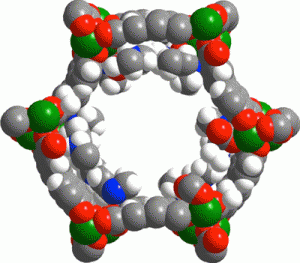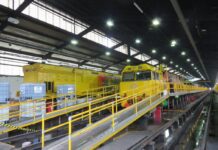Scientists from the University of California-Berkeley have managed to develop a metal-organic framework (MOF) material that could allow power plants to capture carbon emissions in a much cheaper and more efficient way.

www.newscenter.berkeley.edu
“Carbon dioxide is 15 percent of the gas coming off a power plant, so a carbon-capture unit is going to be big,” said senior author Jeffrey Long, a UC Berkeley professor of chemistry and faculty senior scientist at Lawrence Berkeley National Laboratory.
“With these new materials, that unit could be much smaller, making the capital costs drop tremendously as well as the operating costs. It would work great on something like the International Space Station.”
According to the news release, the material removes carbon from the ambient air of a submarine or from the polluted emissions of a coal-fired power plant and then releases the carbon dioxide at lower temperatures than current carbon-capture materials.
The released CO2 can then be injected underground, a technique known as sequestering, or, in the case of a submarine, expelled into the sea.
“This material is unique in that it binds CO2 in a cooperative mechanism. When the first CO2 starts to adsorb at a very specific pressure, all of a sudden it facilitates more CO2 adsorption, and the MOF rapidly saturates. That is really a different property from any other CO2 adsorbent based on amines. Then, if you raise the temperature by applying heat, at some temperature all the CO2 will come flooding off,” Long said.
Long also stated that his research showed the process can reduce carbon dioxide levels at room temperature from the current 400 parts per million atmospheric concentrations to 300 ppm.
According to him and his colleagues, the development of this technology is a major milestone as power plants will eventually be required to capture their carbon emissions in order to combat climate change.




















